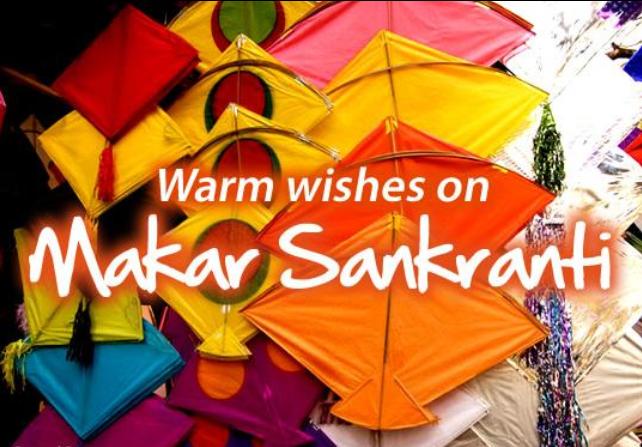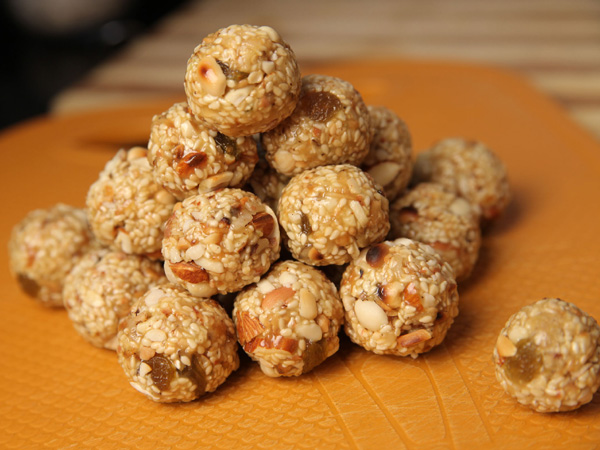Makar Sankranti is commonly called as the seasons of flying kites but it has a geographical significance. It is a major harvest festival celebrated in almost every part of the India and Nepal. It marks the beginning of the Indian culture. Scientifically this day onwards, the days are longer and warmer as compared to the nights. As per astrology, on this day the sun enters the Capricorn zodiac, that is the transition of the sun into the zodiac sign of Makar Rashi. The word Sankranti means ‘movement’, everything on this planet moves or has moved from somewhere. It signifies the end of winter season and the beginning of spring. It is celebrated on 14th of January which is a constant date in the Gregorian calendar.
The significance of this day is depicted in the Mahabharata, king Bhisma, who had the power to control his own death, chose to die on the day of Maghe Sakranti. Therefore it is believed that one to die on this day might achieve Moksha, a release from rebirth cycle. Also it is the festival of Sun God, the symbol of divinity and wisdom. Hence, this day not only has geographical but also historical and religious importance. This day calls for a huge celebration after the harvest is complete and all the people who helped in the harvesting are appreciated. Animals play a major role in harvesting any crop, so the next day is for them called Mattu Pongal, as without them there would be no harvesting.
Like any other festivals Makar Sankranti too has some rituals and traditions. On this day women offer the Shreemangalchandika prapatti, as Mata Mahishasurmardini set her foot on earth after sunset to destroy Mahishasur in the Kataraaj ashram of Rishi Kardam and Devahuti. They offer it after sunset on the day of Sankranti. If she were to come during the day, no man would have been able to bear her radiance and so she came after sunset, when it was dark. It is believed that offering the prapatti to the Mata with make the woman strong and the protector of her family.
Makar Sankranti is celebrated differently in every part of the country with different names like Lohri, Pongal, Maghi, Khicidi, Uttarayn. In some places people discard their old things and change it with new things, and dispose old habits in order to gain purity of soul and transformation. In some parts they celebrate this festival with playing various musical instruments, eating sweets and playing sports like buffalo, egg, and cock fights and even play folk songs. In some other parts girls wear new clothes and visit their near and dear ones. In Maharashtra, people share multicolored halwa and til-gul with the underlying thought of ‘til-gul ghaeya god god bola’. Maharashtra is famous for kite flying. On this day the married woman are invited for a get-togther called the Haldi-Kunku and are given gifts and utensils.
On this festival, people keenly wait to celebrate this day by flying kites called ‘patang’. There is a very interesting reason behind the kite-flying. Kite-flying in olden days was generally done in the early hours of the morning, when the sun’s rays were bright but not too harsh. Also, during kite-flying, the human body was exposed to the sun for long hours. The early morning sun is considered beneficial for the skin and body. Since winter is also the time of a lot of infections and sickness, by basking in the sun, Hindus believed that the bad bacteria on their bodies would be cleared to a certain extent.





199 Comments